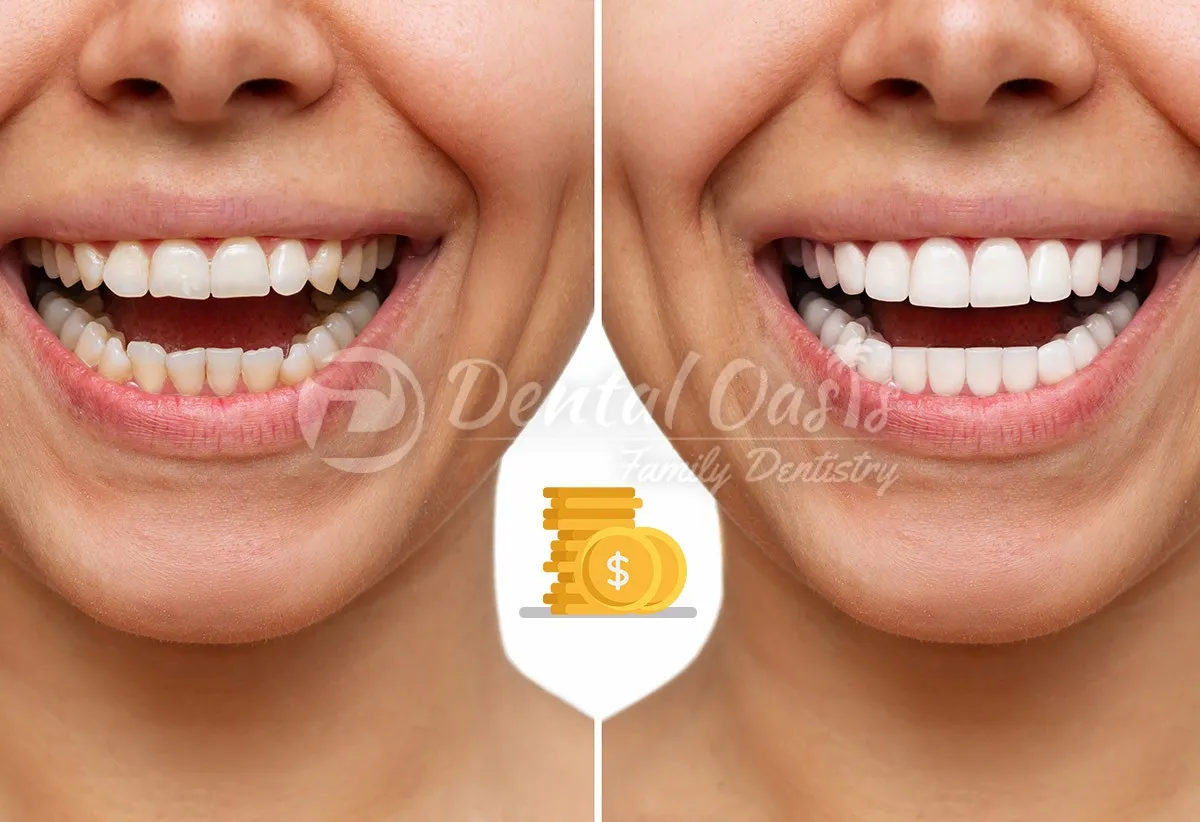What is Teeth Whitening and Its Cost?
Teeth whitening is a popular cosmetic dental procedure aimed at lightening the shade of your teeth. The process involves removing stains and discoloration, leading to a brighter and more aesthetically pleasing smile. It’s a sought-after treatment for those looking to boost their confidence and improve their overall appearance. However, the cost of teeth whitening can vary significantly, depending on several factors. Understanding the cost associated with teeth whitening is crucial for anyone considering this procedure. This comprehensive guide will delve into the various aspects of teeth whitening costs, helping you make an informed decision. We’ll explore the different treatment options, factors influencing the price, and ways to save money on achieving a dazzling white smile.
Understanding the Teeth Whitening Process
The teeth whitening process generally involves using bleaching agents to break down the stains and discoloration that have accumulated on the tooth enamel. The effectiveness and duration of the process depend on the type of treatment chosen and the severity of the staining. For in-office procedures, a dentist applies a high-concentration whitening solution, often activated by a special light, to accelerate the process. At-home treatments involve custom-fit trays or over-the-counter products with lower concentrations of bleaching agents. Proper assessment by a dentist is essential to determine the most suitable method. The entire process, from consultation to completion, can take a few weeks, especially with at-home treatments, but the results are often well worth the investment.
Types of Teeth Whitening Treatments
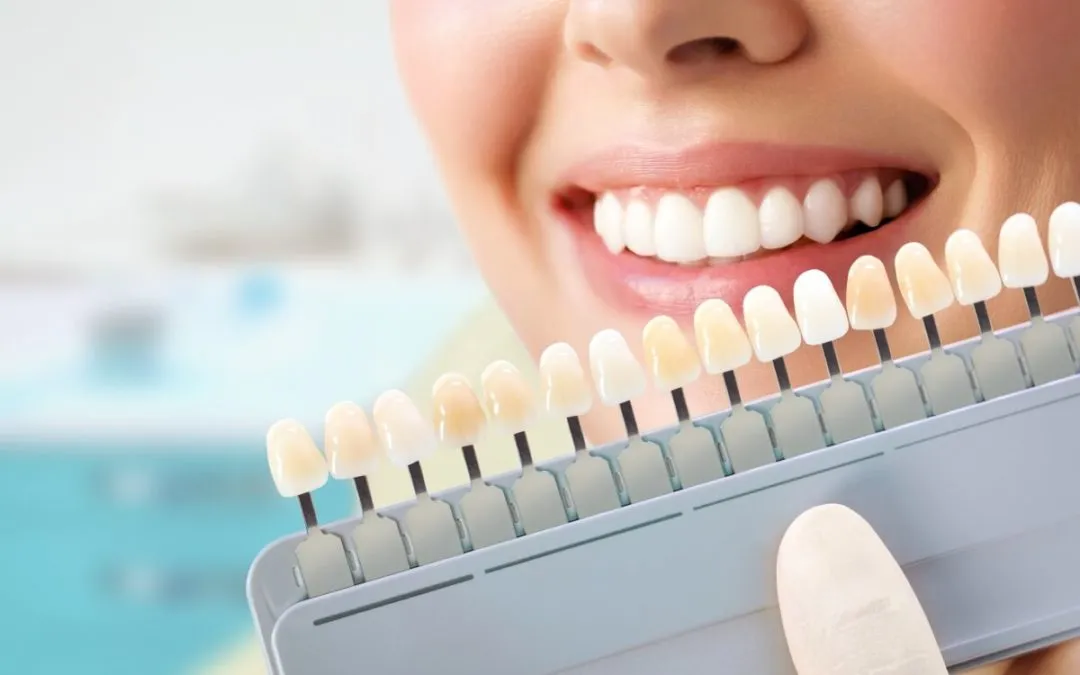
There are several types of teeth whitening treatments available, each with its own cost implications. The primary options include in-office professional whitening, at-home whitening with custom trays, and over-the-counter products. In-office whitening is the most expensive option, but it offers the fastest results and is performed under the supervision of a dental professional. At-home whitening kits, prescribed by your dentist, provide a more affordable yet effective alternative, allowing you to whiten your teeth in the comfort of your home. Over-the-counter products, such as whitening strips and toothpastes, are the most budget-friendly option, but they often produce less dramatic results and may take longer to achieve the desired outcome. Each method has its own pros and cons, and the choice depends on individual needs and budget constraints.
In-Office Teeth Whitening (Professional)
In-office teeth whitening is performed by a dentist or dental professional in a clinical setting. This method typically involves applying a high-concentration bleaching agent to the teeth. The dentist may also use a special light or laser to accelerate the whitening process. The entire procedure usually takes about an hour, and the results are often noticeable immediately. This option is ideal for those who want quick, dramatic results. Professional whitening ensures that the process is safe and effective, as the dentist can monitor the treatment and address any potential side effects. Despite the higher cost, in-office whitening provides a convenient and efficient way to achieve a significantly brighter smile. This is the quickest way to achieve significant teeth whitening, and is usually ideal for those with events or time constraints.
Cost of In-Office Whitening
The cost of in-office teeth whitening can vary significantly depending on geographic location, the dentist’s fees, and the specific whitening system used. Generally, this procedure is more expensive than at-home options. Costs can range from a few hundred to over a thousand dollars. The price typically includes the initial consultation, the whitening treatment itself, and any necessary follow-up care. Some dental practices may offer package deals or payment plans to make the procedure more affordable. It’s essential to inquire about all potential costs upfront and understand what is included in the price to avoid any surprises. While it’s a more substantial investment, the immediate results and professional supervision often make in-office whitening a worthwhile choice for many.
At-Home Teeth Whitening Options
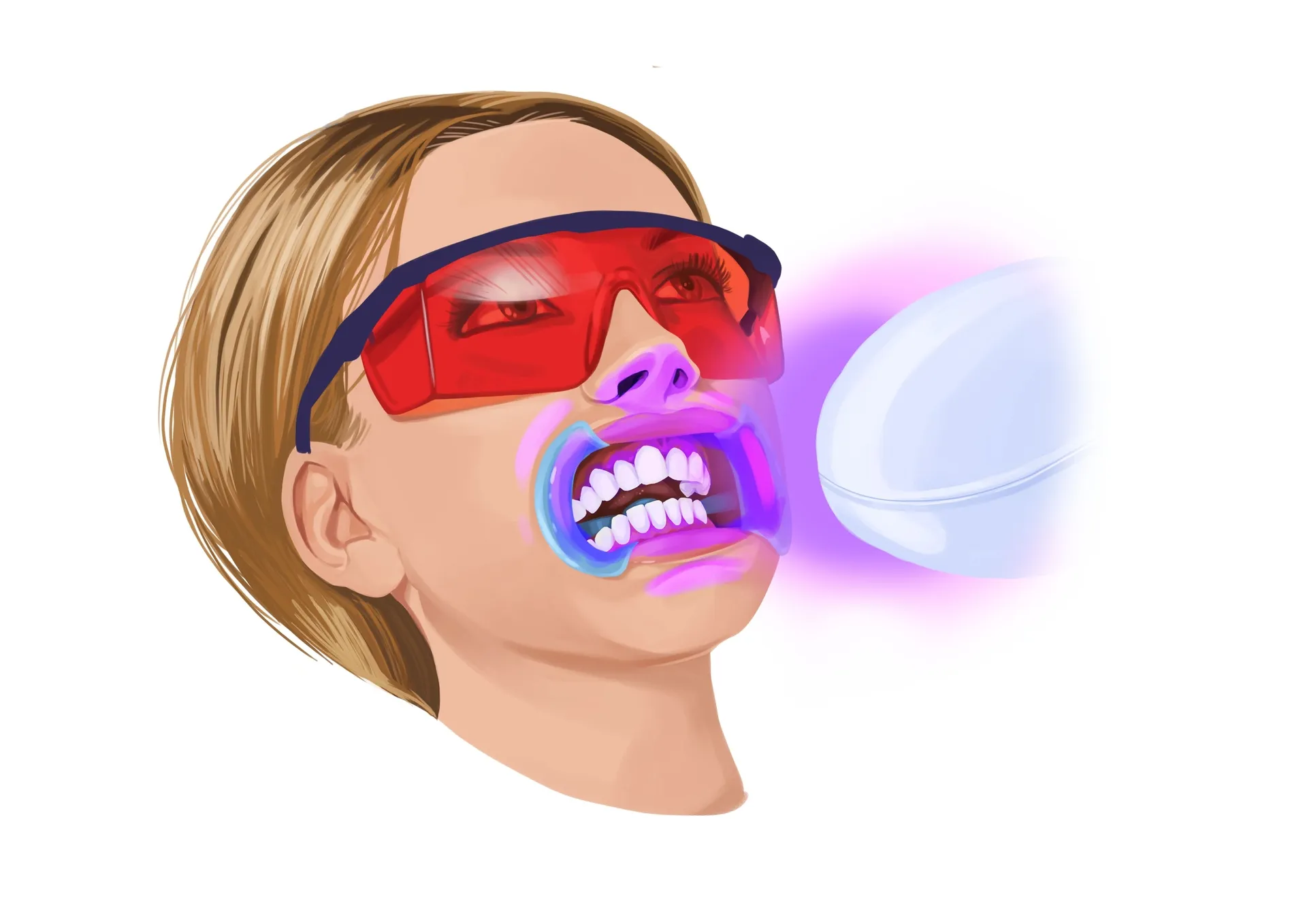
At-home teeth whitening provides a more budget-friendly and flexible alternative to in-office treatments. These options typically involve custom-fit whitening trays or over-the-counter products. Custom trays are made by your dentist and are designed to fit your mouth precisely, ensuring even application of the whitening agent. Over-the-counter products include whitening strips, toothpastes, and gels available at most drugstores. The cost of at-home treatments is generally lower than in-office procedures, making them accessible to a wider range of individuals. However, the results may take longer to appear, and the effectiveness can vary. It’s important to follow the instructions carefully and consult with your dentist to ensure safe and effective use of these products. This option is the more convenient choice and is usually ideal for those with time to plan the process.
Over-the-Counter Products
Over-the-counter (OTC) teeth whitening products are readily available at drugstores and supermarkets, making them the most accessible and affordable option. These products include whitening strips, toothpastes, mouthwashes, and gels. Whitening strips are easy to use and offer a convenient way to whiten your teeth at home. Whitening toothpastes contain mild abrasives and chemicals that help remove surface stains. The cost of OTC products is typically lower than custom trays or in-office treatments. However, the concentration of whitening agents in OTC products is lower, which means the results may be less dramatic and take longer to appear. The effectiveness of these products can vary, and it’s essential to read and follow the instructions carefully to avoid any adverse effects. They are best suited for minor staining or maintaining the results of a professional treatment. Be cautious and always discuss the usage of these with your dentist.
Custom-Fit Whitening Trays
Custom-fit whitening trays offer a more effective at-home solution compared to over-the-counter products. These trays are made by your dentist to fit your mouth precisely, ensuring even distribution of the whitening agent and minimizing gum irritation. The dentist will take impressions of your teeth and create custom trays that you can use with a prescription whitening gel. The cost of custom trays is higher than OTC products but lower than in-office whitening. The whitening gel used with custom trays typically has a higher concentration of bleaching agents than OTC products, leading to more noticeable results. Your dentist will provide instructions and guidance to ensure the safe and effective use of the trays. This method provides a good balance between cost, effectiveness, and convenience, making it a popular choice for many.
Factors Influencing Teeth Whitening Cost

Several factors influence the cost of teeth whitening. The type of treatment chosen, whether in-office, custom trays, or over-the-counter products, is a primary determinant. The location of the dental practice also plays a role, with prices varying based on geographic area and the dentist’s expertise. The severity of the discoloration and the number of treatments needed to achieve the desired results will impact the final cost. Additional factors, such as the brand of whitening products used and any preparatory treatments required, can also affect the price. Understanding these factors can help you estimate the overall cost and make an informed decision. It is best to consult with your dentist for a detailed evaluation and personalized cost estimate.
Location and Dentist Expertise
The geographic location of the dental practice and the dentist’s expertise significantly affect the cost of teeth whitening. Dental practices in metropolitan areas often have higher overhead costs, which can translate into higher prices for procedures like teeth whitening. The dentist’s experience and reputation can also influence the cost. Highly experienced and specialized dentists may charge more for their services due to their advanced skills and the quality of care they provide. It’s essential to consider the dentist’s credentials and reviews when choosing a provider. While a more experienced dentist may come with a higher price tag, they also offer a greater level of expertise and potentially better outcomes. Researching different dental practices and comparing prices in your area is recommended to find the best value for your money.
Severity of Discoloration
The severity of the tooth discoloration is a critical factor in determining the cost of teeth whitening. Mild stains, caused by surface discoloration from coffee, tea, or smoking, are often easier to treat and may require fewer treatments, leading to lower costs. More severe stains, such as those caused by medications or intrinsic factors, can be more challenging to remove, requiring more intensive treatment methods and multiple sessions. The dentist will assess the extent and type of staining during the initial consultation to determine the most appropriate treatment plan. Severe discoloration may require a combination of treatments, such as in-office whitening followed by at-home maintenance, which can increase the overall cost. The more significant the discoloration, the higher the expected cost of the teeth whitening process.
Number of Treatments Needed
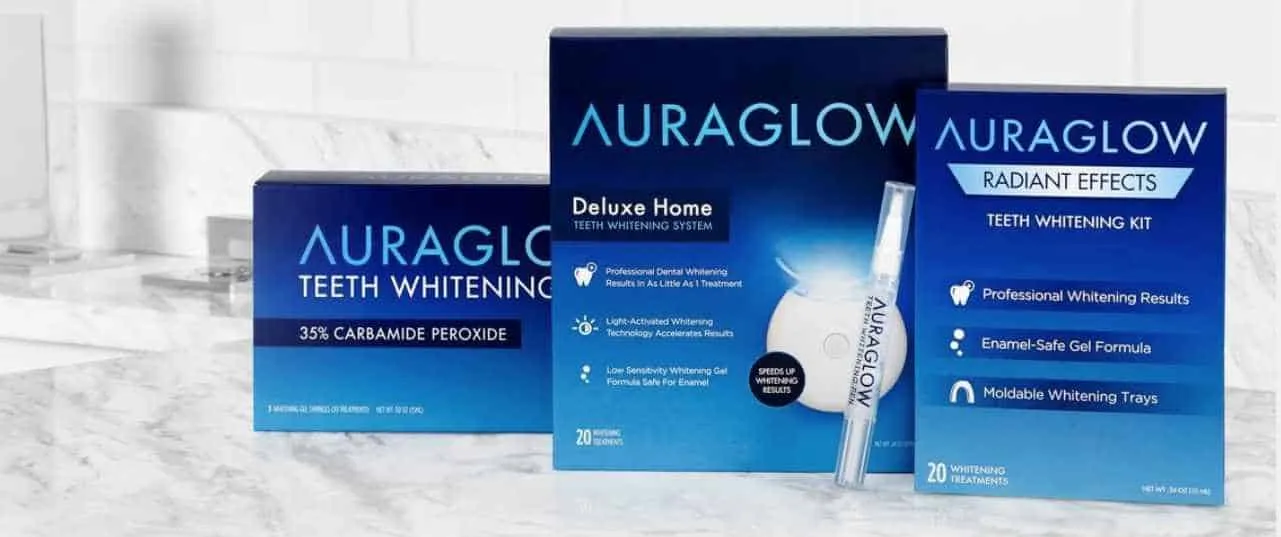
The number of teeth whitening treatments required to achieve the desired results directly impacts the overall cost. In-office whitening typically provides immediate results in a single session, but additional sessions may be needed for more stubborn stains or to enhance the whitening effect further. At-home treatments, such as custom trays, may require several weeks of consistent use to achieve optimal results. Over-the-counter products often require a longer treatment duration, with varying results. The dentist will assess the patient’s response to the initial treatments and recommend any necessary adjustments to the treatment plan. Multiple treatments inevitably increase the cost, so understanding the expected number of sessions can help you budget accordingly. Consistent follow-up and maintenance are crucial for achieving and maintaining the desired level of whiteness.
Type of Whitening Treatment Chosen
The specific type of teeth whitening treatment chosen significantly influences the overall cost. In-office whitening is typically the most expensive option due to the expertise of the dentist, the use of high-concentration bleaching agents, and the immediate results. Custom-fit whitening trays, which are created by a dentist and used at home with prescription-strength whitening gel, offer a balance between cost and effectiveness. Over-the-counter products, such as whitening strips and toothpastes, are the most budget-friendly option but may offer less dramatic results and require a longer treatment period. The choice of treatment depends on individual preferences, budget constraints, and the severity of the discoloration. Understanding the cost implications of each treatment option is essential when making your decision. Comparing the pros and cons of each method and consulting with your dentist will help you choose the most suitable and cost-effective approach for your needs.
Additional Costs and Considerations
Beyond the primary costs of the whitening treatment itself, there may be additional costs to consider. These include the initial consultation fee, the cost of any preparatory treatments required, and the price of maintenance products. Some dentists may recommend a professional cleaning before the whitening process to remove surface stains and ensure optimal results. Patients with sensitive teeth may need to purchase desensitizing toothpaste. Additionally, the ongoing cost of maintaining your white smile should be considered. This can include the purchase of whitening toothpaste, mouthwash, or at-home touch-up kits. Insurance coverage for teeth whitening is often limited, so it’s essential to inquire about payment options and potential financing plans offered by the dental practice. Always get a detailed breakdown of all potential costs and understand the payment terms before starting the treatment.
Teeth Whitening Cost Comparison
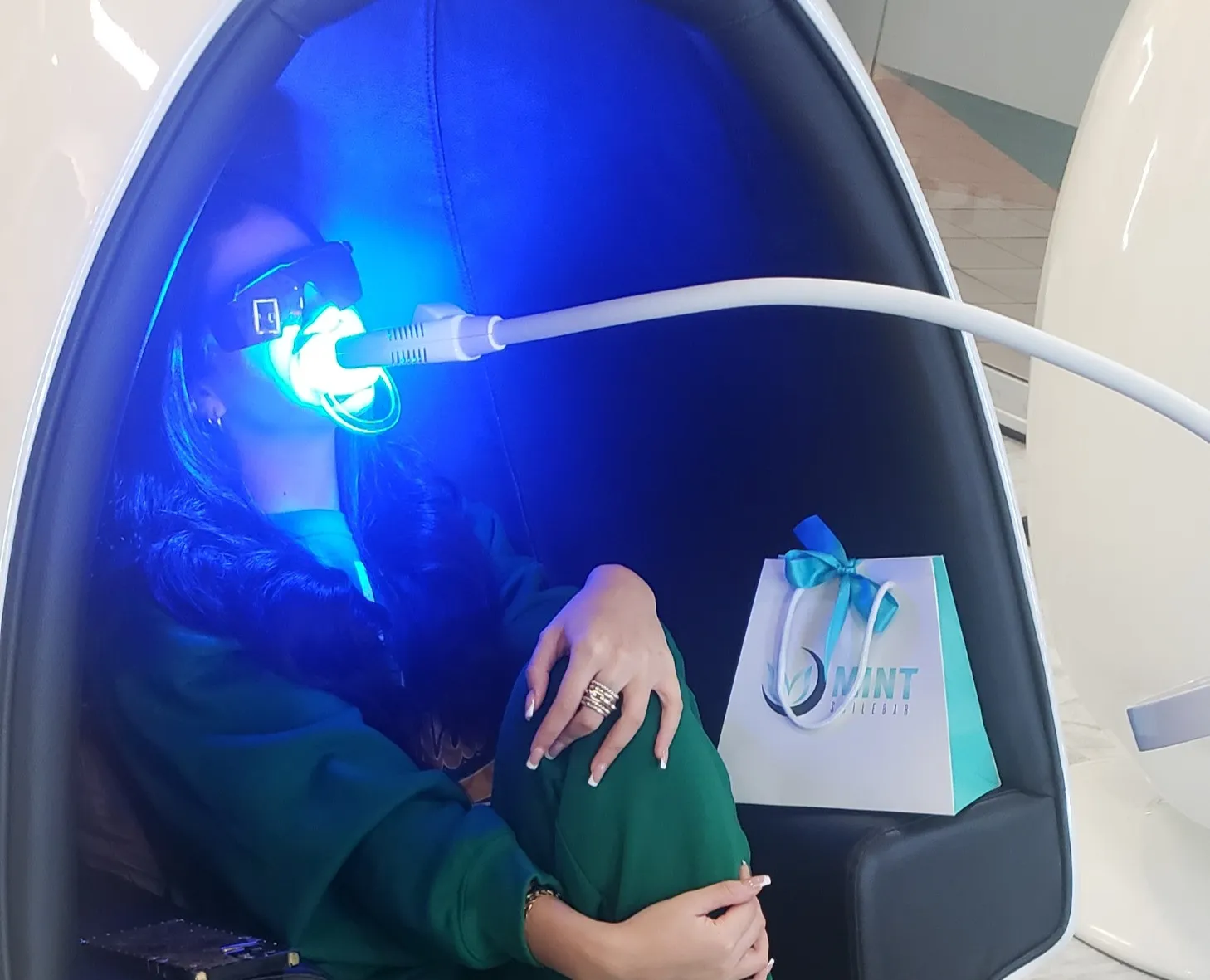
A comparative analysis of the various teeth whitening options is crucial for making an informed decision. In-office whitening, while the most expensive option, offers the fastest and most dramatic results under professional supervision. The cost usually includes the treatment itself and any necessary follow-up care. At-home whitening with custom-fit trays provides a more affordable alternative, allowing patients to whiten their teeth in the comfort of their homes. Over-the-counter products are the most budget-friendly option, but they often produce less dramatic results and may require a longer treatment duration. The choice should depend on the individual’s budget, desired results, and the severity of the discoloration. Consulting with a dentist is important to discuss the best option based on individual needs and to get a detailed cost estimate. Consider all aspects when choosing your teeth whitening method.
Benefits of Teeth Whitening
Teeth whitening offers numerous benefits beyond cosmetic enhancement. A brighter smile can significantly boost self-confidence and improve your overall appearance. It can also make you look younger and more approachable. Whiter teeth can create a positive first impression, whether in professional or personal settings. The process can motivate individuals to maintain better oral hygiene habits to preserve their bright smile. Additionally, teeth whitening can improve your self-esteem and provide a psychological boost. While the primary goal of teeth whitening is aesthetic, the confidence it instills can positively impact your social and professional life. The benefits of teeth whitening extend far beyond just a cosmetic fix, contributing to a healthier self-image and enhanced overall well-being.
Risks and Side Effects of Teeth Whitening
While teeth whitening is generally safe, it can have potential risks and side effects. The most common side effect is tooth sensitivity, which may occur during and after the treatment. Gum irritation is another possible side effect, especially if the bleaching agent comes into contact with the gums. In rare cases, there may be changes in the tooth enamel. It is crucial to discuss these potential risks with your dentist before undergoing any teeth whitening procedure. Your dentist can provide guidance on how to minimize the side effects, such as using desensitizing toothpaste or adjusting the treatment plan. Following your dentist’s instructions and choosing a reputable provider can help mitigate these risks. Proper evaluation by a dental professional will help determine if teeth whitening is suitable for you and to manage any potential issues.
How to Save Money on Teeth Whitening

There are several ways to save money on teeth whitening. Consider using at-home whitening options, such as custom-fit trays or over-the-counter products, which are generally less expensive than in-office procedures. Compare prices from different dental practices to find the best deals. Look for special offers, discounts, or package deals that may be available. Maintain good oral hygiene practices to minimize staining and the need for frequent whitening treatments. Inquire about financing options or payment plans to make the procedure more affordable. Be realistic about your expectations and choose a whitening method that suits your budget and desired results. Consulting with your dentist to discuss the best options and any potential cost-saving strategies is highly recommended. By being informed and proactive, you can achieve a brighter smile without breaking the bank.
Maintaining Your White Smile
Maintaining your white smile after teeth whitening is essential for long-lasting results. Avoid foods and drinks that can stain your teeth, such as coffee, tea, red wine, and dark-colored berries. Use a whitening toothpaste and mouthwash to help maintain your results. Schedule regular dental checkups and cleanings to remove surface stains and keep your teeth healthy. Consider touch-up treatments as needed to maintain your desired level of whiteness. Practice good oral hygiene, including brushing twice daily and flossing regularly, to prevent future staining. By following these guidelines, you can keep your smile bright and beautiful for years to come. Consistent maintenance is key to preserving the investment you’ve made in teeth whitening and enjoying a confident, radiant smile.
